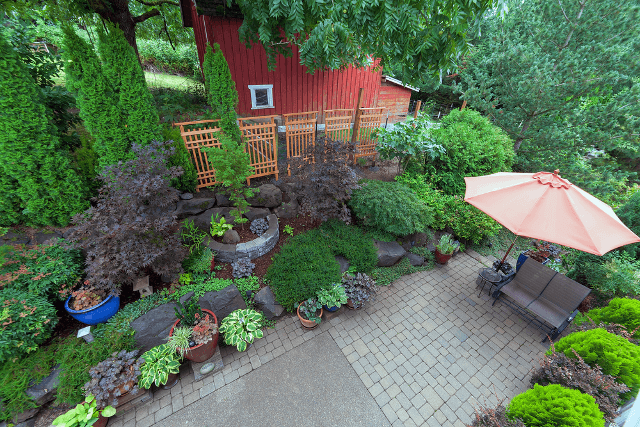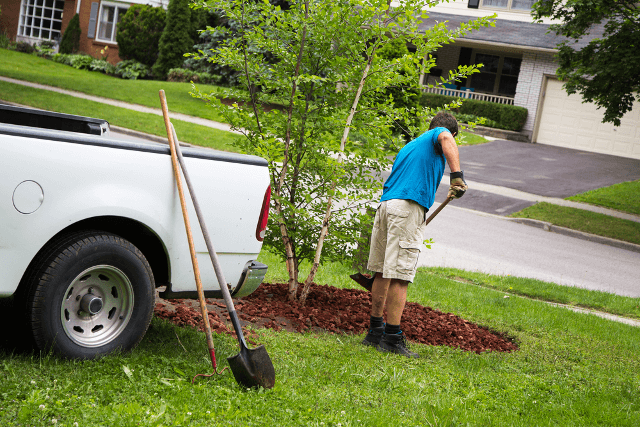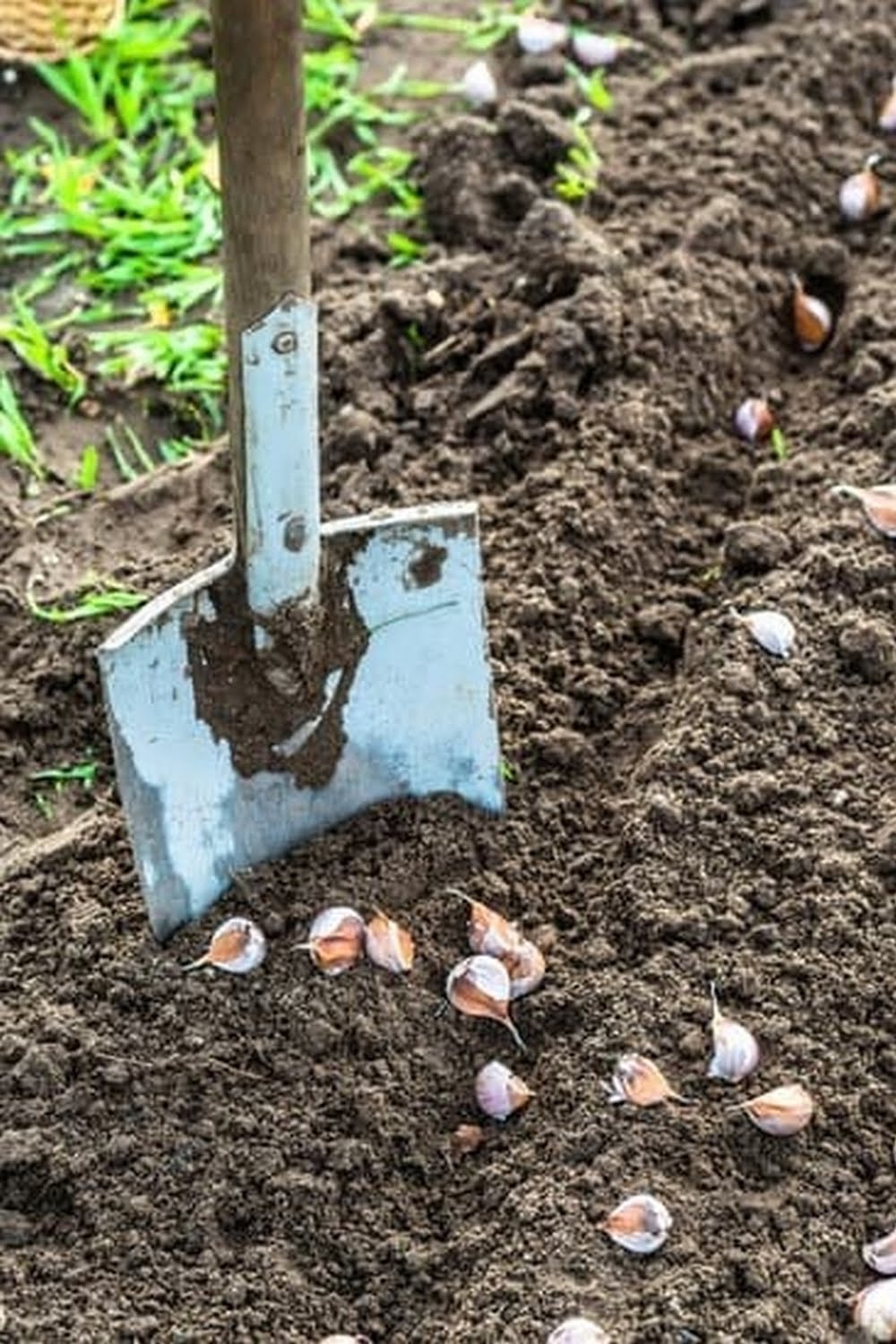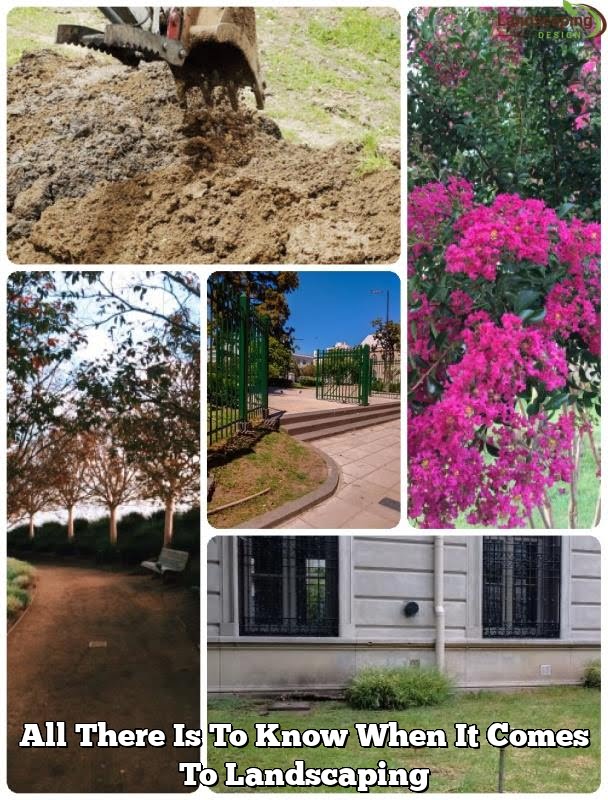
Evergreen trees and shrubs are more expensive in general than deciduous trees (trees that drop their leaves in winter). But they are worth their cost because of their year-round beauty, hardiness and longevity. Evergreens range from the broadleaved shrubs like rhododendron and laurel to the tall-needled cone-bearing pines and stately spruces.
The giant spruces and firs are most effective as windscreens; the spreading evergreen shrubs are widely used not only because of their attractiveness but also because they can be shaped and trimmed and do well in the shade (such as for foundation planting).
Pine is the most commonly known of the evergreens. White pine is noted for its long, soft, light silvery-green needles and rapid attainment of its 60- to 80-foot maturity. Red pine, as well as white pine, is splendid for backgrounds and windbreaks. Ponderosa pine, a broad, compact tree, is used for protection and ornamental screens.
Austrian pine (black pine) with its rich, green color and spreading branches has great favor in the Midwest. Globe mugho pine is a small, rounded tree for ornamental planting.
Norway spruce is probably the most widely planted windbreak evergreen.
Quick growing and. hardy, it has short needles of dark green; is a compact, pyramidal shape. Black Hills spruce grows toy 40 feet in time, is hardy and drought-resistant. A slow grower, it can remain in close quarters for many years.
White spruce has short, thick, light blue-green needles; it matures at 60 to 70 feet and is good for landscaping and screens. Colorado blue spruce is a good specimen tree and hardy, too, but it suffers in heat and drought. Of the cedars, red cedar is a fine ornamental evergreen for hedges and windbreaks. It withstands dry weather and the thick green foliage has a bronze in winter.
Douglas fir is the best fir for windbreaks and screening. Hardy, healthy, drought-resisting, it grows quickly and compactly, and its lofty pyramid makes a good lawn specimen. Balsam fir, the Christmas tree, is noted for its fragrance and lustrous foliage. White fir, a specimen, has an attractive silvery color.
Arbor vitae, like cedar, furnishes the flat evergreen branch found in flower arrangements at Christmas. It is an ornamental tree of many varieties, and is best located in moist protected places. Un-trimmed, it is a broad pyramid, 35 to 50 feet tall, but it shears to any size or shape.
The juniper family is useful in planting, in tall forms such as the formal columnar juniper and the upright juniper, and as a spreading evergreen — the remarkable Pfitzer juniper—for banks, ground cover and edgings. The green feathery foliage grows rapidly; can stand crowding. Height at maturity is 8 feet, spread up to 12. Ground-covering junipers include prostrate, Sargent, Waukegan and creeping varieties.
Another evergreen with feathery foliage is the hemlock. The Canadian hemlock can be sheared in a symmetrical manner. Hemlock is most effective when planted in a grove with others.
Yew, with its thick glossy needles and dense, upward-reaehing branches, is useful as both shrub and tree, growing well in sun and shade.
Try using it not in the usual manner as foundation planting only — but as a single handsome specimen against a wall of the garden. The low-spreading bushy dwarf yew can be clipped well. Other varieties are upright yew and Japanese yew, a tapering or conical tree or shrub used for hedges.
Evergreens tend to be adversely affected by hot, dry summer weather and should be watered every 10 to 14 days at this time. Be sure the water reaches the deep-root growth, at least 6 inches deep.
A mulch of grass clippings or peat moss will also protect the tree from loss of water in dry weather. Pruning in late spring before new buds appear seems to help an evergreen thrive. Prune so that the inner branches can develop and the tree or shrub is more compact.
Formal trees can be kept trim, with no ragged branches sticking out, and badly shaped or deformed trees can be corrected through shaping. Evergreens are susceptible to “winterburn” from too much wind and winter sun, so that they dry up and their branches crack under the weight of snow or the force of wind. A precaution is to water them deeply before the ground freezes in the late fall.
They may also be protected in winter by screens of burlap or straw mats. Where wind and winter sun are not too strong, shielding only on the sunny side is necessary. Burlap boxes or covers should be well ventilated. Thin, tall shrubs or small evergreen trees may be tied with strips of cloth, so that the branches will not crack. Old trees with heavy limbs may be propped with boards to prevent breakage under heavy snow or ice.

Welcome to my blog about home and family. This blog is a place where I will share my thoughts, ideas, and experiences related to these important topics. I am a stay-at-home mom with two young children. I hope you enjoy reading it! and may find some helpful tips and ideas that will make your home and family life even better!




